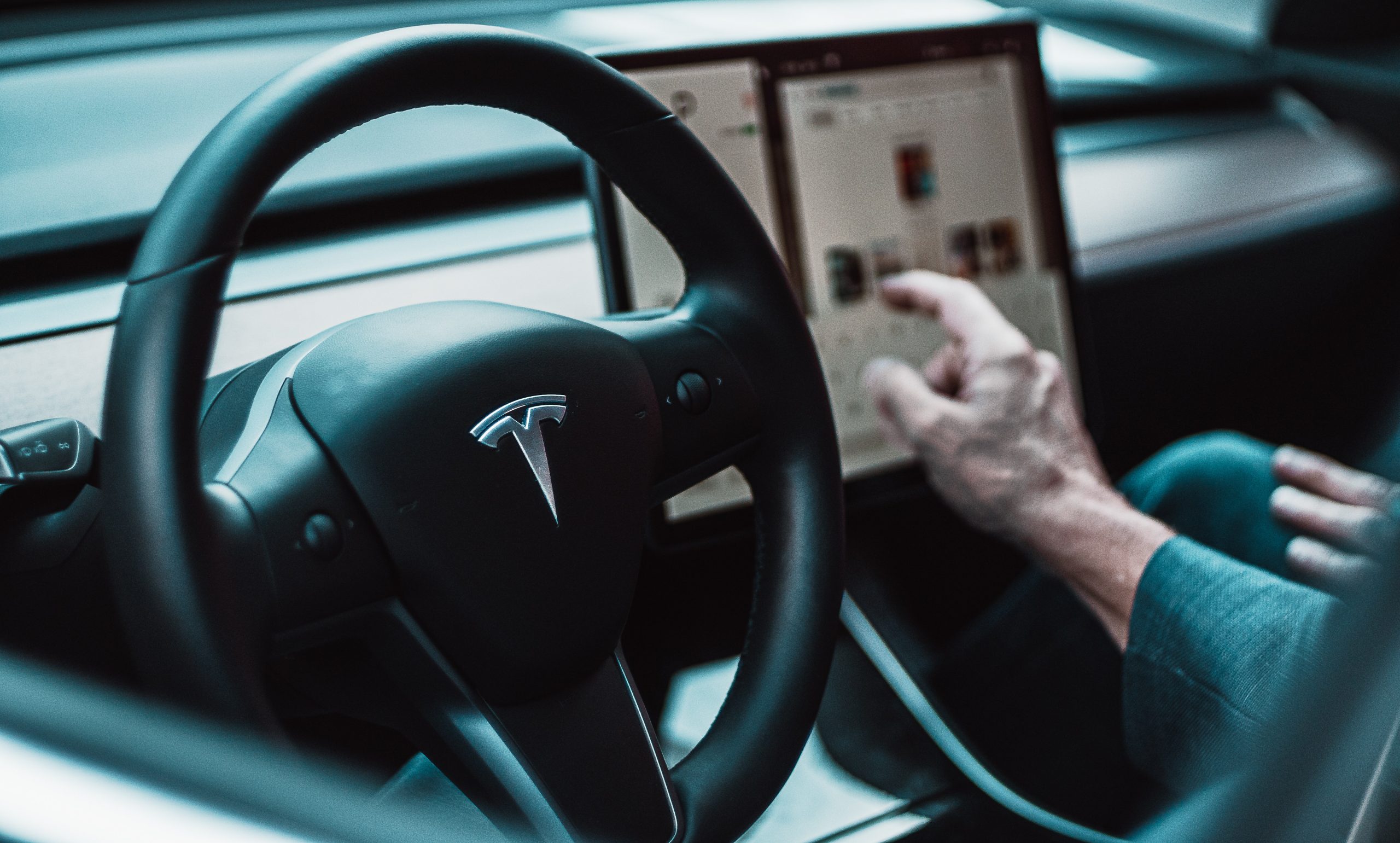Advantages and Disadvantages of Autonomous Cars
Posted in Automobile, In the news on September 23, 2021

Autonomous cars are vehicles made to drive on their own in the absence of a standard driver. These vehicles were created to prevent human error while driving, which makes up around 94% of serious accidents. Since the start of 2021, 970 accident fatalities have occurred in Ohio compared to 864 in 2020. Weighing the potential for entirely autonomous vehicles can be seen both positively and negatively.
Advantages
- COVID-19 friendly
Due to these vehicles not needing a human driver, many consumers found this favorable for the pandemic when in need of deliveries. During a study with the Consumer Technology Association, 26% of consumers found autonomous vehicles favorable, and 49% found them somewhat or very favorable.
- Saves time
As the years go on and more autonomous vehicles get on the road, they will work simultaneously. Eliminating any potential traffic and enabling passengers to reach their destination faster, without worrying about road conditions throughout the year.
- Access to transportation
Having accessible transportation at your fingertips is a luxury that some people don’t have. Around 49 million people 65+ and 53 million with disabilities are unable to drive a motor vehicle. Autonomous cars can provide accessible transportation to those who need it most.
Disadvantages
- Security concerns
The security of autonomous vehicles is essential to avoid hacking and crashes. After a survey with AAA, 49% of people expressed concerns about hackers stealing personal data from their cars.
- Price
Developing an autonomous vehicle is expensive, which means consumers who want the product will have to pay the price. When Tesla came out with their full self-driving option, customers were expected to pay $10,000 for the add-on feature. Paying an increased cost, people expect this system to work perfectly, but it still caused 12 accidents in 2018.
- Safety issues
Statistics have shown that autonomous vehicles are involved in approximately 5 more crashes per million miles driven than regular automobiles. The self-driving vehicles were not responsible for any of the crashes but had a higher rate of injury when compared to regular automobiles.
In the past, the car experienced the first safety installments between 1950-2000, which included seat belts, cruise control, etc. Now looking to 2025, we will start to see more cars with autopilot and fully automated features. While people may have mixed emotions about autonomous vehicles, these cars could be the future for everyone.